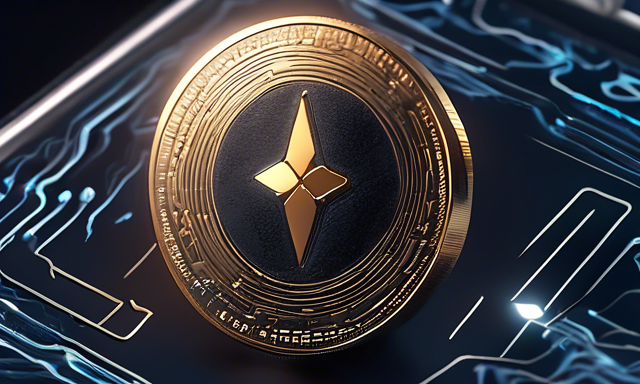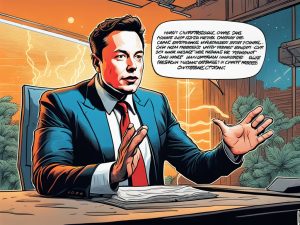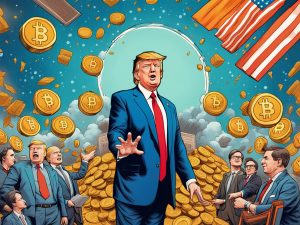Hey there! So, have you heard about this NFT phenomenon? It’s like when your friend buys a fancy new gadget and then a few months later, it’s all but forgotten. Remember how everyone was raving about NFTs a while back? The excitement was palpable! People were throwing their money at digital art, collectibles, and even virtual real estate. It felt like a gold rush. But now, the buzz has died down, and new reports suggest that a whopping 96% of NFTs are, well, kind of “dead.” Can you believe it?
### What Happened to NFTs?
Let’s break it down. A recent analysis indicated that most NFTs are stagnant, which means there hasn’t been a trade for them, they are barely selling, and they’re not even being talked about on social media. The report I stumbled across looked at over 5,000 NFT collections and found that nearly half of the NFT owners are sitting on unprofitable investments. Honestly, it’s kind of heartbreaking to think about the people who thought they were making a solid investment.
To put things in perspective, the average lifespan of an NFT is just 1.14 years. Can you imagine that? It’s like buying a goldfish, thinking it’s a companion for life, and realizing it’s just not meant to be.
### The Rollercoaster Market
What’s fascinating is that the NFT market is super speculative—prices bounce around like a kid on a sugar high at a birthday party. High volatility in prices and a lack of sustained value can leave investors feeling like they’re on a wild ride with no seatbelt. I mean, who wants to invest in something that could drop in value faster than you can say “blockchain”?
Some NFT collections hit the jackpot while others are floundering. For example, take the Azuki collection—holders there are seeing returns of over 2.3 times what they put in. That’s like finding a winning lottery ticket! But then there are the Pudgy Penguins, where owners have seen a jaw-dropping 97% loss. It’s like buying an adorable pet and having it run away on the first day you bring it home.
### The Market Landscape: Oligopoly and Competition
Now, shifting gears a bit, let’s talk about how the NFT marketplaces have transformed. A while ago, you could think of OpenSea as the big kid on the block, kind of like the popular kid in high school who everyone looked up to. However, fast forward to now, and the scene has diversified. By 2024, the market’s more like an oligopoly, where a few players—OpenSea, Blur, OKX, and Tensor—dominate the game.
Blur, in particular, has been crushing it. Can you imagine capturing over 62% of the market share? That’s like being the prom queen! Meanwhile, OpenSea has seen its market share plummet, like that friend who peaked in high school and is still trying to relive their glory days.
The trading volume for OKX skyrocketed from a modest $8.35 million to a staggering $684.65 million in a matter of months! If that isn’t an inspiring rise, I don’t know what is. All this competition among marketplaces means NFTs are becoming more accessible to everyone, but it also raises questions about the sustainability of the entire ecosystem.
### Final Thoughts
So here we are, sipping our coffee and mulling over whether NFTs will bounce back or if they’ll fizzle out like last week’s leftovers. The hype was incredible, but reality is setting in. While some are still genuinely invested in these digital assets, can they hold up to the scrutiny and chaos of the market? It seems like a perfect mix for some to jump ship while others might find treasure among the wreckage.
With all this in mind, here’s a thought-provoking question for you: What do you think needs to happen for NFTs to regain their footing in the market? Are they simply a passing trend, or do they have a future that’s worth investing in? Let’s chat about it!





 By
By
 By
By
 By
By
 By
By

 By
By